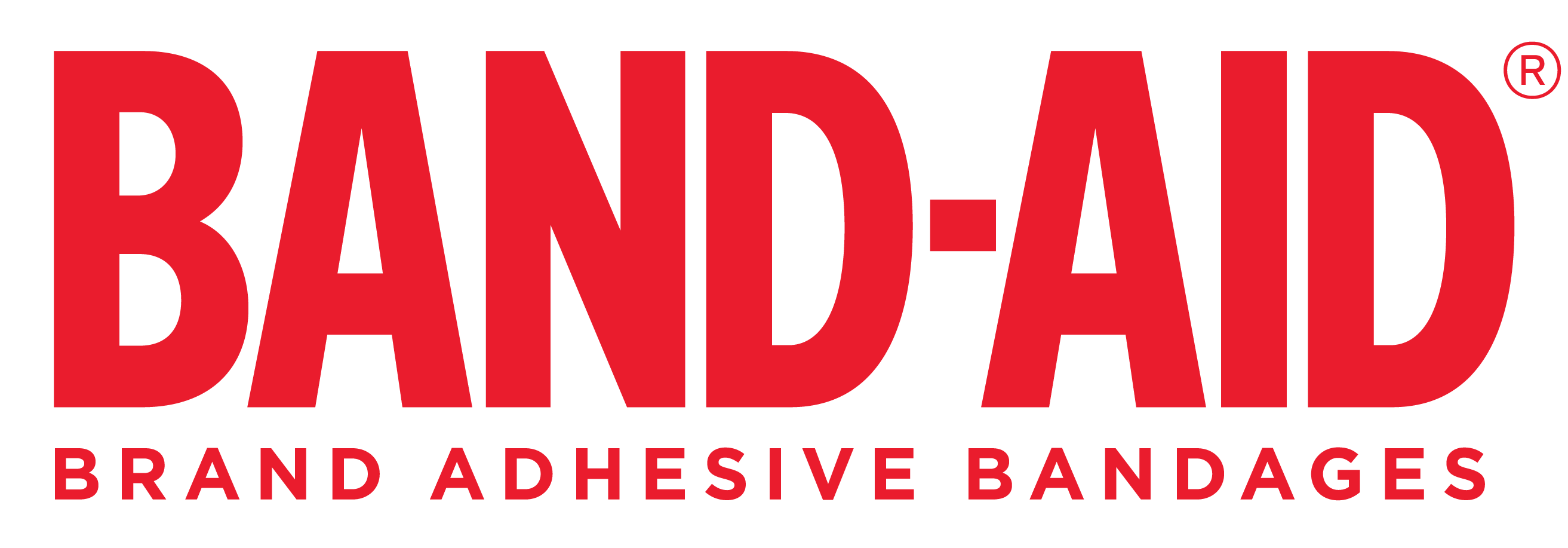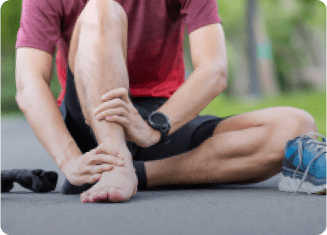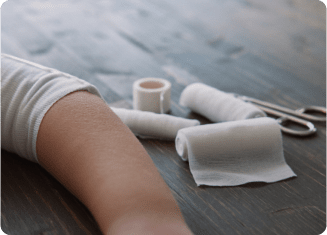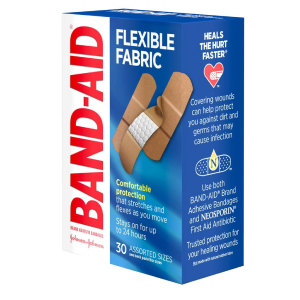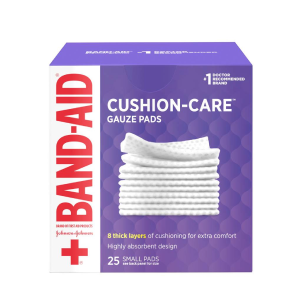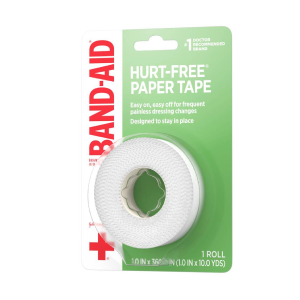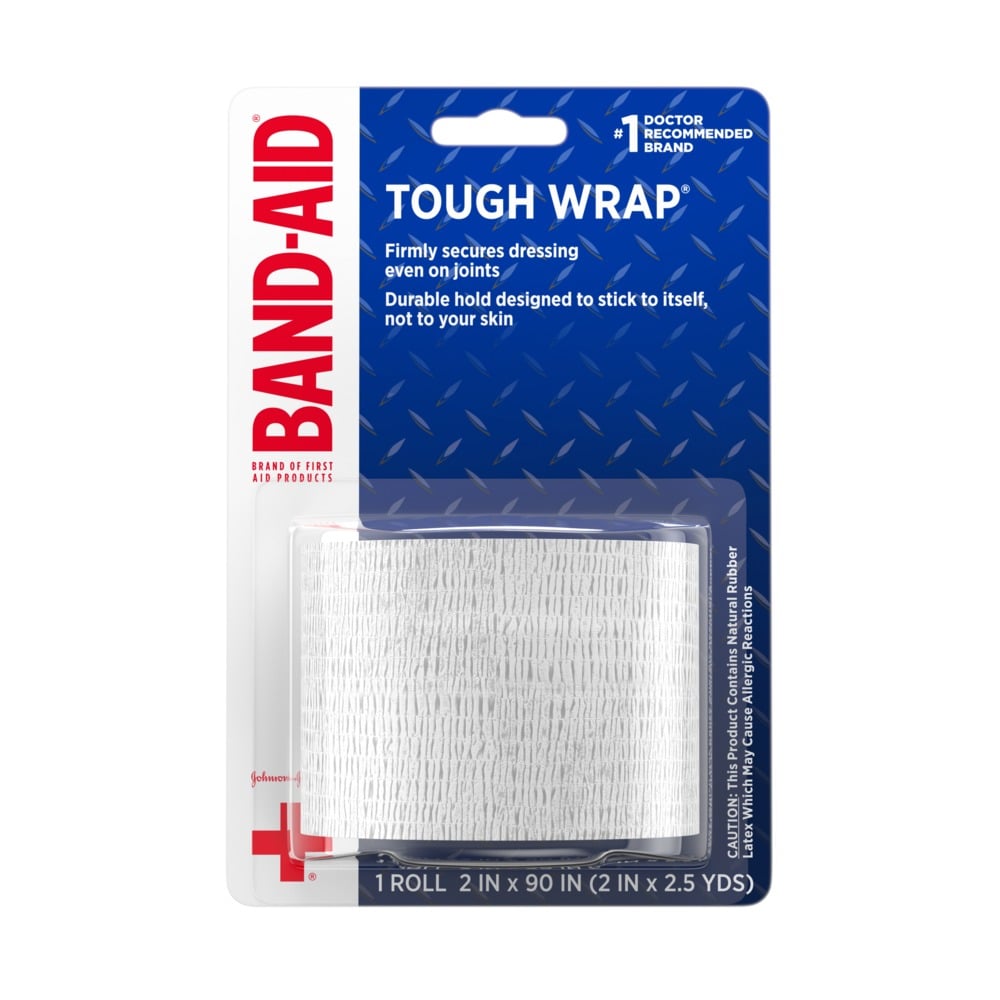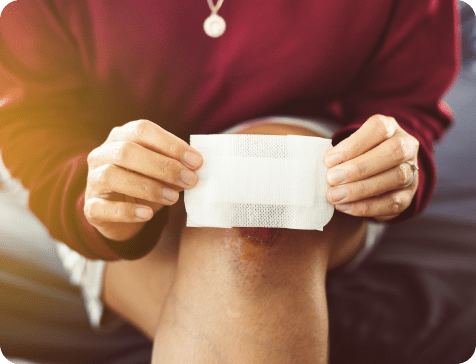
Moisture Is Essential
New cells grow twice as fast over wounds when they’re kept moist under a covering. Meaning cuts will heal faster when bandaged than when exposed to air.
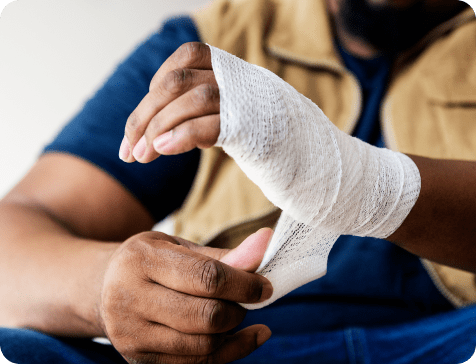
No Scab, No Scarring
Scabs slow the healing process and increase the chance of scarring. They form little craters in tissue, forcing cells to work their way under the scab to form new healthy tissue and heal. Bandaging a wound can help reduce scabs from forming.
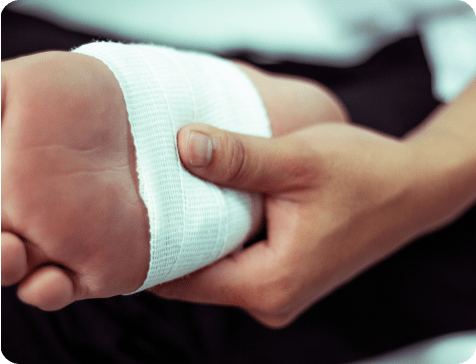
Reduce Infection
Keeping an injury covered with a bandage can also help protect it from bacteria, contaminants, and irritation.
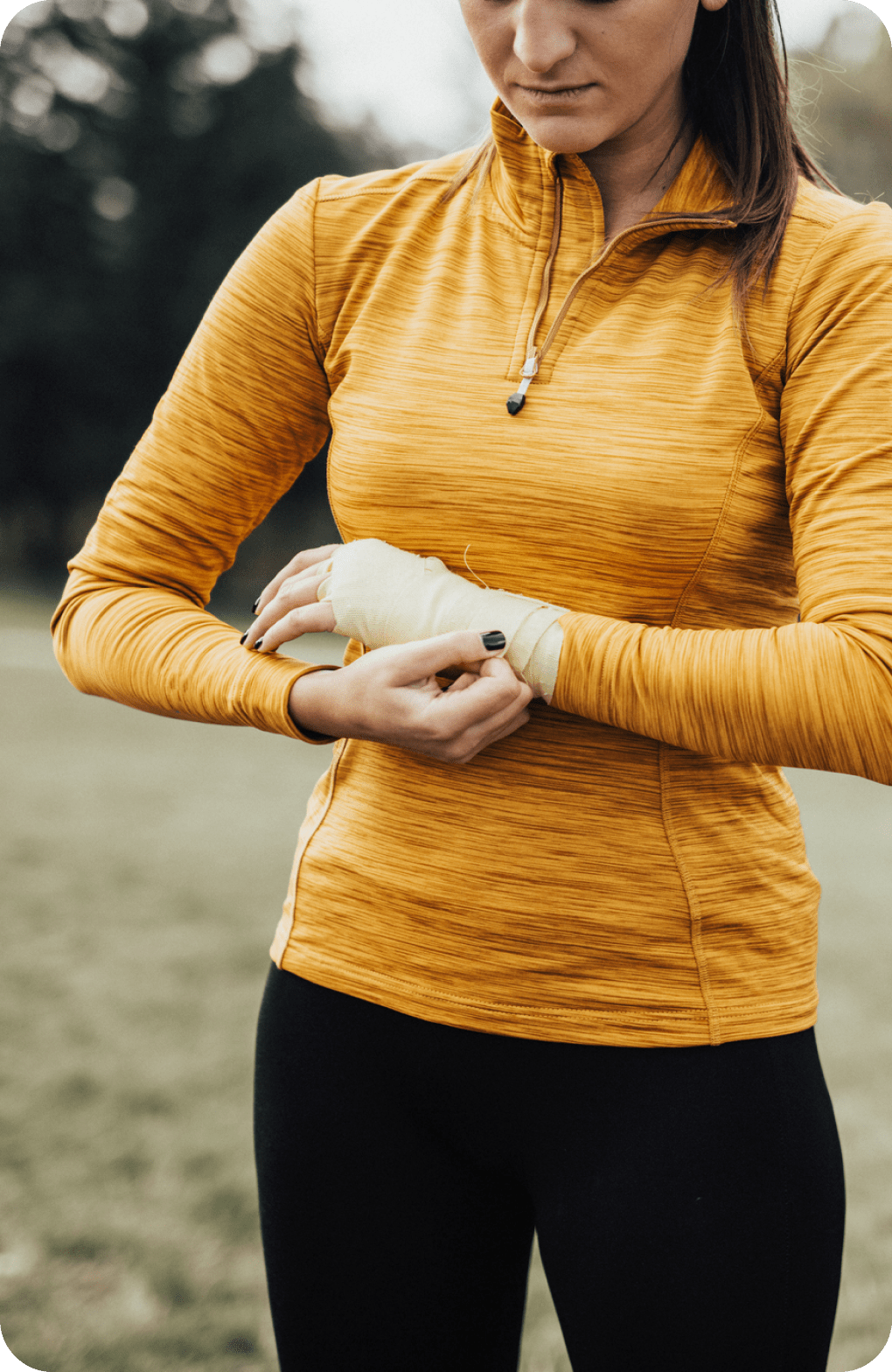
Be Flexible: How to Wrap Injuries on Joints
Injuries on or near a joint call for bandaging products that can move with you. Instead of using tape that might pull at your skin as you bend and extend, a gauze roll and self-adhering wraps are best for securing a gauze pad.
Follow these simple steps for wrapping a joint injury:
1. Properly clean and treat your injury.
2. Apply a gauze pad over your injury, making sure it’s a half-inch larger in all directions than the injured area.
3. Wrap a gauze roll around the gauze pad and injured part of your body, making sure not to wrap too tightly.
4. Secure the gauze pad and gauze roll by wrapping with a self-adhesive wrap.
Once you’ve started to heal, you can skip the gauze pad when you refresh your wound covering.
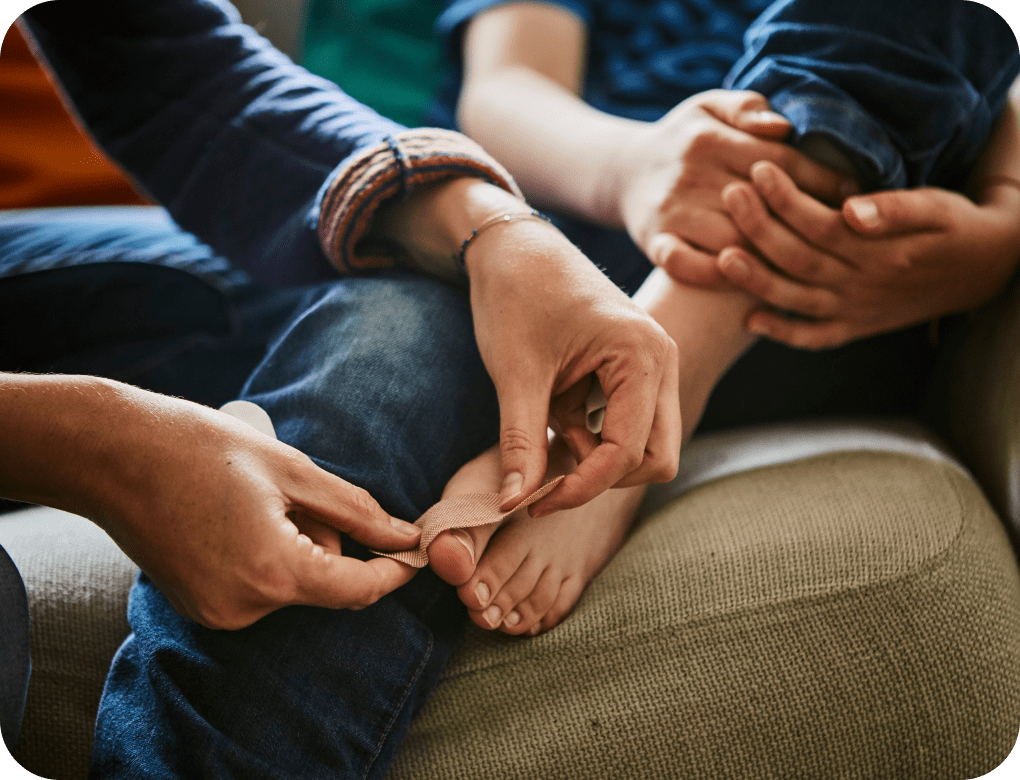
Post-Injury Follow-Up Care
Different stages of healing require different types of bandages and care. Make sure you’re changing your bandages frequently and that you’re using the right products for every stage of recovery. It’ll reduce the chance of infection and the possibility of your skin reacting to the covering.
Find the Best Bandage for the Job
Not sure which BAND-AID® Brand adhesive bandage to pick? Our Product Recommender can help you find the one that’ll do the trick.
